How to Choose A Fixture for Double-Sided Mixed PCBA During Wave Soldering
Due to the miniaturization and lightweight of electronic products, the transformation of electronic components from plug-in components to chip components has been promoted, there are still some plug-in components that are restricted by various factors and cannot be converted into SMD components, so mixed circuit boards will always exist.
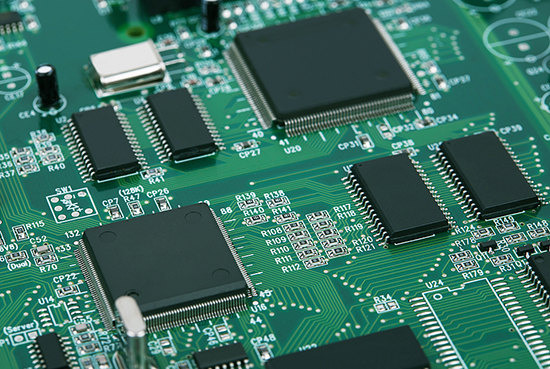
Regarding the welding of mixed circuit boards, whether it is wave soldering or manual soldering, there is a problem of low efficiency, so it is particularly important to choose and use appropriate wave soldering fixtures.
What is Wave Soldering Fixture
Wave soldering fixture is refer to a tool used to pass through the solder furnace during the wave soldering process. It is a fixture used to carry the PCB board through the solder furnace and complete the welding operation.
Typical Application Scenarios for Using Fixtures
1) When in the double-sided mixed assembly process, there are component on the back of the PCB and it is not a red glue process, a fixture is required.
2) When the component body exceeds the edge of the PCB board and cannot pass through the solder furnace, a fixture is required.
3) When the PCB board is a continuous board and is easily deformed at high temperatures, so fixture is required.
The Role of Fixtures in Wave Soldering
1) It can prevent PCB deformation caused by excessive temperature.
2) It can protect SMD components and enable PCB to pass through wave soldering safely.
3) It can provide good support for thin substrates or flexible circuit boards.
Characteristics of Wave Soldering Fixtures
1) The material has high strength and is easy to carry out precision machining.
2) It has high temperature resistance, good dimensional stability and is not easy to deform.
3) It has thermal conductivity, and the heat can be quickly and evenly transferred to the circuit board when passing through the furnace.
4) It is corrosion-resistant and can withstand corrosion from flux and cleaning agents.
5) It meets anti-static requirements.
6) When used in environmentally friendly products, environmental protection requirements must also be met.
7) It is moisture-proof and good electrical insulation.
The following two materials are the most widely used for wave soldering fixtures:
1. Fiberglass Board
It is made of fiberglass material and high heat-resistant composite material. It has high mechanical functions and dielectric functions, good heat resistance and moisture resistance. The advantage is that it is cheap, and the disadvantage is that it has a short service life.
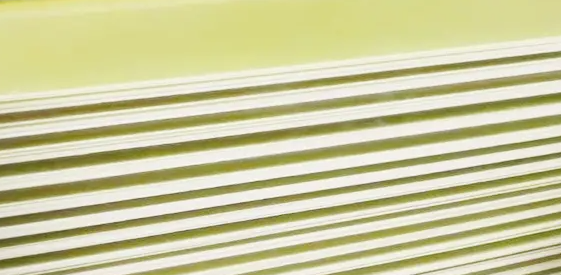
2. Composition Stone
It is an environmentally friendly stone made of more than 95% natural stone powder, plus a small amount of polyester and adhesive, which is mixed, pressurized and vibrated under vacuum. The disadvantage is that it is more expensive, and the advantage is that it has a longer service life.
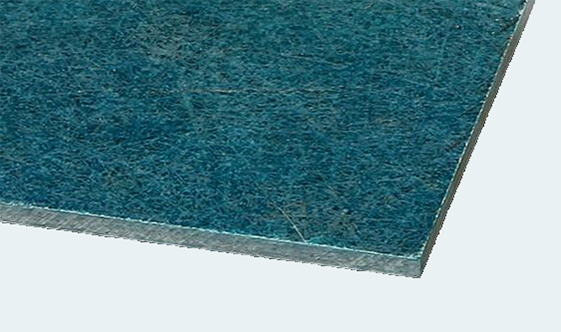
Types of Wave Soldering Fixtures
1. Universal Wave Soldering Fixture
The production of universal wave soldering fixture is the simplest. It only requires one or several aluminum frames and a few screws. There is no need to use composition stone or fiberglass board material to create openings. The advantage is that the aluminum frame bracket can slide and adapt to various board sizes, and any board can be used. The disadvantage is that it cannot protect SMD components.
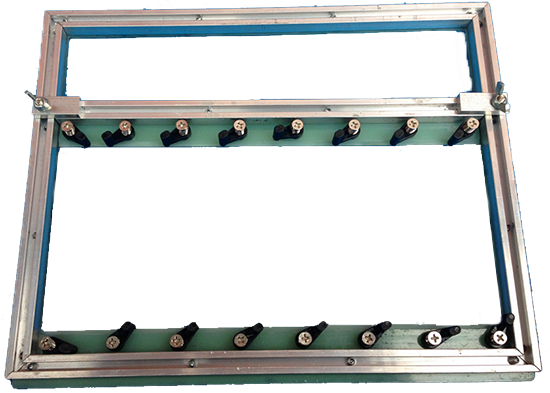
2. Ordinary Wave Soldering Fixture
This is suitable for boards that have been wave soldered in large quantities. It uses a composition stone or fiberglass board material to open a hole, so that the soldering foot area where the tin water comes into contact can be welded. In areas without openings, the components that have been attached should be protected to prevent them from falling.
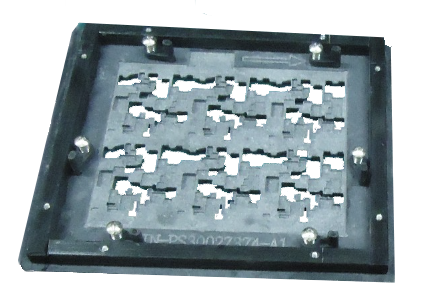
3. Wave Soldering Fixture with Cover
The function of the wave soldering fixture with cover is to fix and cover the plug-in components. Because some plug-in components are tall and light, easy to float, and the welding is not beautiful and reliable, so a cover plate is needed to fix the plug-in components through wave soldering.
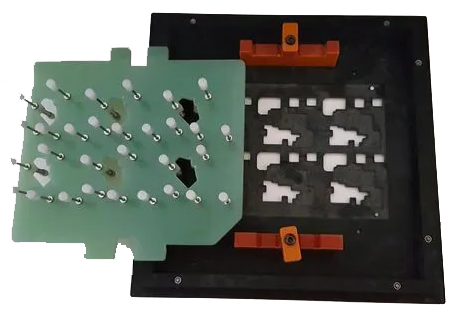
4. Hand-Immersed Wave Soldering Fixture
Because wave soldering equipment is large and costly, if there is no matching wave soldering equipment, hand-immersed wave soldering fixtures must be used when using a tin furnace to solder plug-in components.
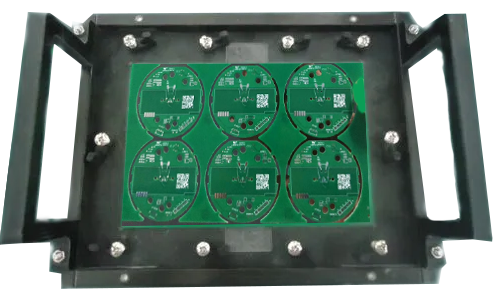
SHENZHEN HOYOGO ELECTRONIC TECHNOLOGY CO., LTD. is a professional and reliable PCB manufacturer, we can provide customers with one-stop service from upstream electronic component procurement to PCB production and processing, SMT Patching, PCBA testing, finished product assembly, etc. If you have related needs, you are welcome to send us inquiries.
评论
发表评论